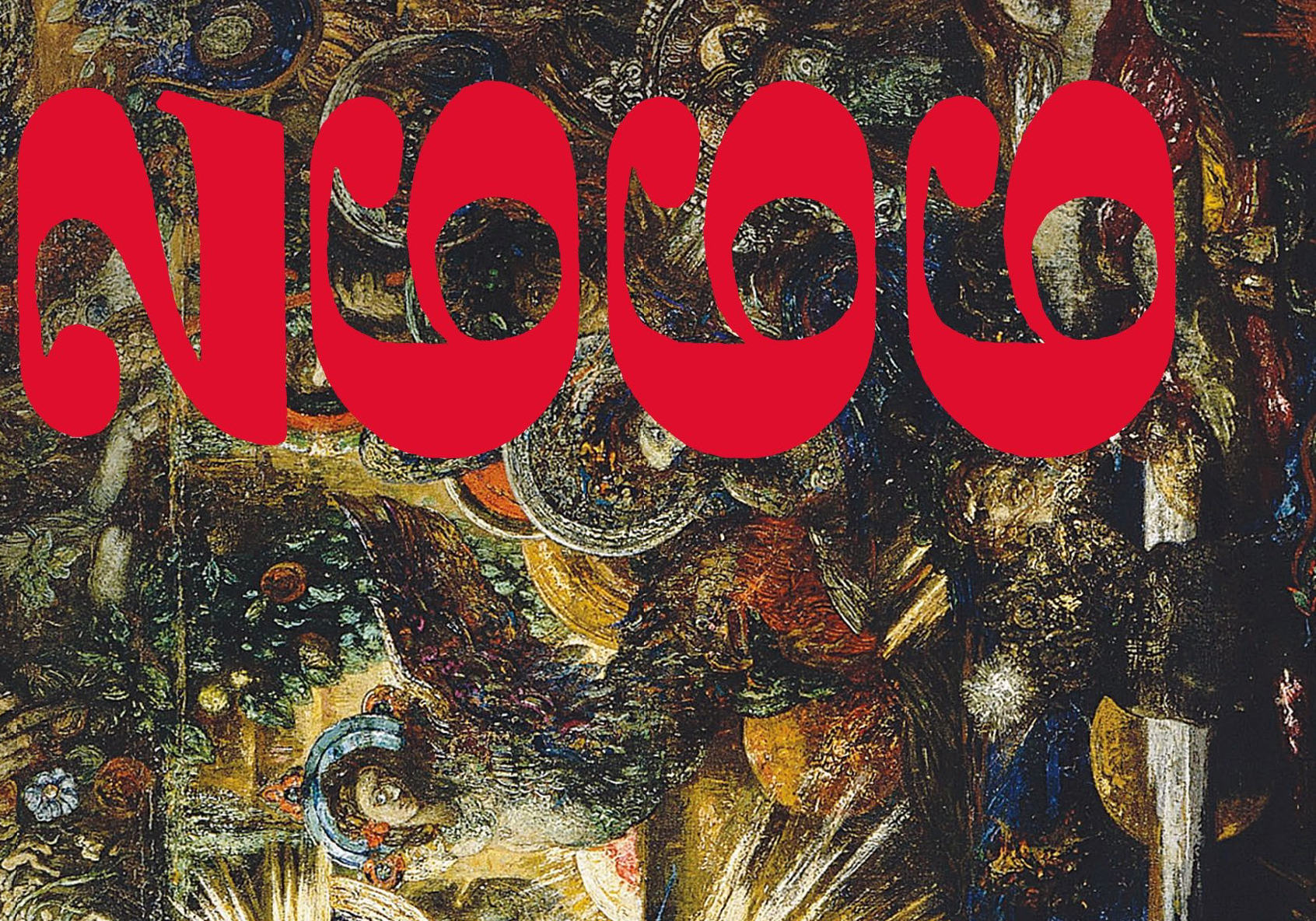Before we get too far, I have to be candid: Roberto Bolaño’s 2666 is a book from which one must recover. I’m serious. No book since Cormac McCarthy’s Blood Meridian has left me in such a state of utter, cosmic helplessness. So, if you’re here because you’re trying to decide whether or not to read Bolaño’s 900-page opus, I can only say this: it must be read, but no shame to any person who cannot.
 And don’t, I would add, read it when you’re sick. I can say this with some confidence because I read it recently when I was sick, parked on the couch while my little kids played and did homeschool at the dining room table, and the dark fingers reaching up from the pages constituted a private hell to which my cheerful family remained utterly oblivious. 2666 is taxing on the best of days, to say nothing of when you’re all body aches and fever.
And don’t, I would add, read it when you’re sick. I can say this with some confidence because I read it recently when I was sick, parked on the couch while my little kids played and did homeschool at the dining room table, and the dark fingers reaching up from the pages constituted a private hell to which my cheerful family remained utterly oblivious. 2666 is taxing on the best of days, to say nothing of when you’re all body aches and fever.
2666 was Bolaño’s last book—published in 2004 with Natasha Wimmer’s English translation arriving in 2008—and the grandest realization of his bleak, charged vision. The central thrust is necessarily vague, but basically here it is: For a host of reasons, a cast of seemingly unrelated characters—a scholar, a sports reporter, a celebrity detective, and a reclusive writer (along with the three literary critics who are hoping to find him)—have all come to Santa Teresa, a stand-in for Ciudad Juárez, a city haunted by the mysterious murders of hundreds of women. No one knows how or why the women die. They simply turn up in the desert.
Bolaño’s signature conflation of high and low literature has always been underscored by a palpable sense of dread, but in Santa Teresa that dread builds into a haunting wail that billows across the desert and envelopes his characters and readers. For hundreds of pages. Several times, we feel we’re close to an explanation for the crimes but, of course, an explanation never comes. And central to this tormented stasis is the never-explained 666 in 2666.
It is easy to reduce Bolaño’s vision to a familiar apocalyptic trope: everything’s going to hell, everything’s burning up. But to do so is to misread both Bolaño’s book and the purpose of apocalyptic literature, which, most often, was not written to explain the end of the world or reveal prophecy—though in some notable occasions it does just that. Rather, as Flannery O’Connor once said of the grotesque in fiction, apocalyptic literature offers a cartoonish exaggeration to shock the apathetic. Resisting common misreads, apocalyptic literature traditionally serves to describe a spiritual condition or stasis. The title of Bolaño’s novel represents a stasis that has little to do with the year 2666 but everything to do with the century that was dawning at the time of his untimely death. By blotting out the new millennium’s ever-changing numbers (2008, 2027, 2912…) with the placeholder 666, Bolaño hinted at a horrific—and, yes, apocalyptic—continuum descending upon us. One that we are growing accustomed to and, eventually, will fail to notice.
Humanity is entering its prolonged denouement. Will we make it to the year 3000? With the constant news of daily violence and ecological catastrophe, that sometimes seems hard to imagine—certainly this was the case for Bolaño, who cited the 20th century as a possible explanation for 2666’s deconstructed narrative terrain. The unprecedented horrors of World War I and World War II are where we come from, Bolaño suggests, and the tortured earth of Santa Teresa embodies our not-too-distant future: we are asleep at the wheel, coddled in luxury, indifferent and distracted, and we are largely blind to the many ways in which our world, every day, breaks just a little more.
Even the most dedicated readers, wading through the ceaseless violence of “The Part About the Crimes” section of 2666, will grow tired of the descriptions. The horrific rape and murder begin to blur as our brains, struggling to cope, become desensitized. Bolaño intended this. He lulls the reader into blood-spattered apathy. Then, in perhaps the greatest example of his authorial sleight-of-hand, Bolaño describes the investigating police trading chauvinistic jokes while ending their shifts. Immediately, we realize our own apathy. If the police investigating these inhumane acts can make jokes about the victims—and this is what captures our attention as readers, not the continued violence—then what does it say about us? Sure, we find the jokes distasteful, but our own indifference is worse: in our need for comfort, we stopped caring about the murder victims. Bolaño has called us out—and, as long as such horrors exist in the world, each of us remains culpable by extension. In this way, Bolaño bludgeons us awake with a power few writers possess, and the murders become shocking once more.
Again and again, Bolaño grabs us by the scruff of the neck and pushes our heads into the abyss. For Bolaño, the year 2666 is the symbolic culmination of humanity’s neglect and violence, a state of being that has become our modus operandi. Even our best efforts cannot avert the evil bearing down on victims and the apathetic onlookers alike. For that, Bolaño suggests, is where it all starts: at the very spot where we stop paying attention and slip into deadened stasis.

